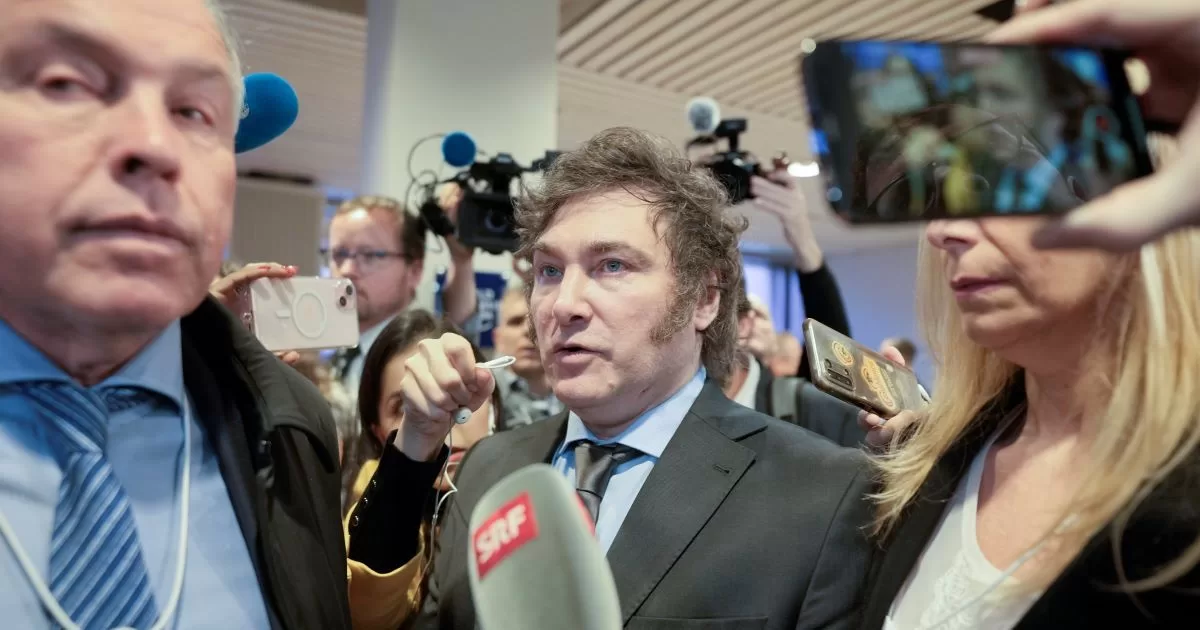Critical infrastructure in the West has been at risk since the Nord Stream explosions. Now NATO is warning of Russian attacks on undersea cables.
Russia could sabotage undersea cables to punish Western countries for supporting Ukraine, NATO Deputy Secretary General for Intelligence and Security David Cattler has warned. The military alliance therefore plans to step up efforts to protect underwater infrastructure after the Nord Stream attacks.
“There are heightened concerns that Russia could target undersea cables and other critical infrastructure to disrupt life in the West and put pressure on Western nations that support Ukraine,” Cattler said.
The Russians are more active in this area than they have been for years and have also increased their activities in the North and Baltic Seas, he added.
Nord Stream as a blueprint?
The threat to undersea cables and vital pipelines has come into public focus since the Nord Stream attacks. It is still unclear who is responsible for the explosions last autumn, the traces lead to Russia, among other places.
The Nord Stream 2 pipeline was intended to transport gas from Russia to Germany and was a major bone of contention in the western alliance before the Russian war of aggression in Ukraine. Nord Stream 1 has been operational since 2011. In view of the ongoing investigation, Cattler declined to speculate about who was behind the attacks on the German-Russian pipelines.
As concerns grow about the safety of undersea cables, Western countries are looking to turn the North Sea into a green energy source. North Sea states are planning several new wind farms, which in turn are to be connected to the mainland via additional undersea cables and thus possibly open up a new weak point in the western alliance.
Leak at Nord Stream 1: Greenpeace assessed the pipeline itself. (What: t-online)
“Economic linchpin”
Around the world, 400 submarine cables transport around 95 percent of the world’s Internet traffic, with 200 of these 400 cables being considered critical according to NATO.
“Together, an estimated $10 trillion worth of financial transactions go through these cables every day, making these cables an economic hub,” Cattler said.
He warned that opponents of NATO could see the huge strategic advantage of threatening the security of Western internet, energy and financial systems.
Embed
“Russia is actively mapping critical infrastructure of NATO countries both on land and on the seabed,” said Cattler, naming an underwater reconnaissance program of the Russian Defense Ministry.
However, Russian ships with the appropriate espionage equipment, which can collect electronic or acoustic information from the seabed, are being closely monitored by NATO, according to the Alliance’s Deputy Secretary General. These spy ships can be recognized by their antennas or unusual activities.
Documentary shows: Were Russian “ghost ships” near Nord Stream? (Quelle: Glomex)
West announces countermeasures
NATO has significantly increased the number of ships patrolling the North and Baltic Seas after the Nord Stream blasts. Additionally, the Critical Underwater Infrastructure Protection Alliance has formed a new division to improve collaboration with industry, allies and experts.
“The threat is real and NATO is stepping up its measures,” German Lieutenant General Hans-Werner Wiermann, who has been in charge of the new department since February, told Reuters news agency.
The final declaration of the G7 meeting of digital ministers also set out to improve the security of undersea cables. It said that they wanted to deepen cooperation within the G7 group itself and with like-minded partners.



